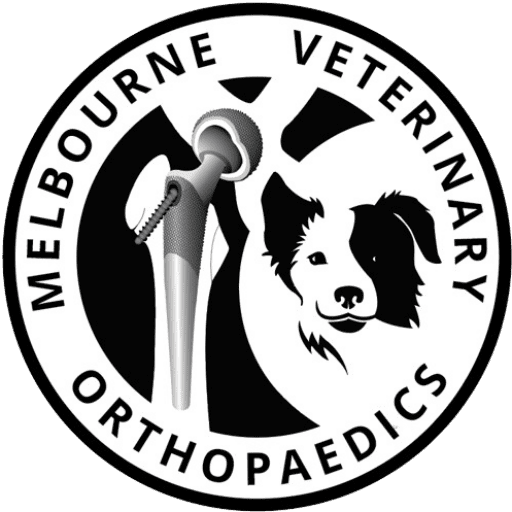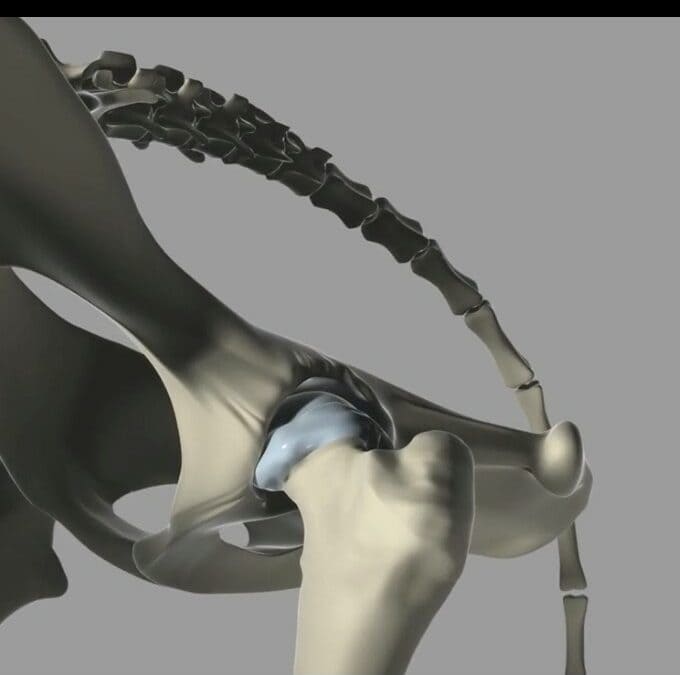Veterinary orthopaedic surgery is a specialized branch of veterinary medicine that focuses on diagnosing and treating musculoskeletal disorders in animals. This includes conditions affecting bones, joints, ligaments, tendons, and muscles. Here’s a detailed overview of what veterinary orthopaedic surgery entails:
Key Aspects of Veterinary Orthopaedic Surgery
Diagnosis:
-
- Orthopaedic surgeons use a combination of physical examinations, imaging techniques (such as X-rays, CT scans, or MRIs), and sometimes laboratory tests to diagnose musculoskeletal problems. Common conditions include fractures, dislocations, arthritis, and congenital deformities.
Common Conditions Treated:
-
- Fractures: Broken bones that require stabilization through surgical methods such as plates, screws, or pins.
- Joint Disorders: Conditions like hip dysplasia, patellar luxation (dislocated kneecap), and elbow dysplasia, often treated with surgical correction or joint replacement.
- Ligament Injuries: Torn ligaments, particularly the cranial cruciate ligament (similar to ACL injuries in humans), may require surgical reconstruction.
- Bone Tumors: Surgical removal of tumors affecting bones, often combined with other treatments like chemotherapy.
- Arthritis: Surgical options like arthroscopy or joint replacement may be considered for chronic pain management.
Surgical Techniques:
-
- Internal Fixation: Methods like plates, screws, and intramedullary pins are used to stabilize fractures internally.
- External Fixation: Devices that stabilize fractures from outside the body using pins anchored in the bone, connected to an external frame.
- Arthroscopy: A minimally invasive technique that allows surgeons to visualize and treat joint issues through small incisions.
- Osteotomy: Surgical reshaping of bones to correct deformities or misalignments.
Post-operative Care:
-
- After surgery, animals typically require careful monitoring and rehabilitation to ensure proper healing. This can involve pain management, restricted activity, physical therapy, and follow-up veterinary visits.
Advancements:
-
- Veterinary orthopaedic surgery has benefited from advancements in technology and materials, including the use of 3D printing for custom implants, minimally invasive surgical techniques, and improved imaging methods for accurate diagnosis.
Rehabilitation:
-
- Rehabilitation plays a critical role in recovery. Veterinary physiotherapy, hydrotherapy, and specific exercises may be prescribed to help restore function and strength.
Importance of Veterinary Orthopaedic Surgery
Veterinary orthopaedic surgery is vital for improving the quality of life for animals with musculoskeletal issues. Successful surgeries can lead to pain relief, restored mobility, and enhanced overall health, allowing animals to return to their normal activities and enjoy a better quality of life.
Conclusion
If you have specific questions about a condition or procedure within veterinary orthopaedic surgery, or if you’re interested in the latest techniques and treatments, feel free to ask!

